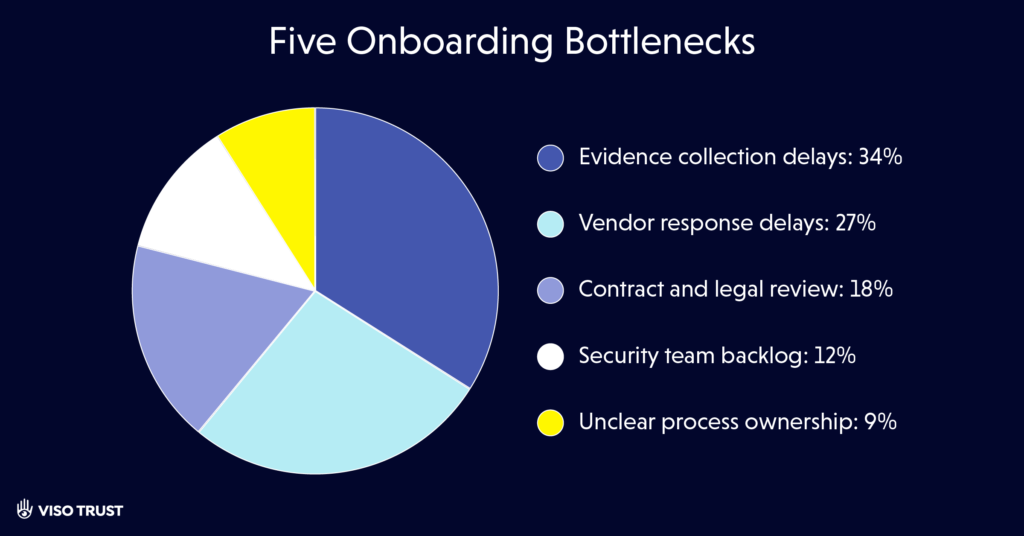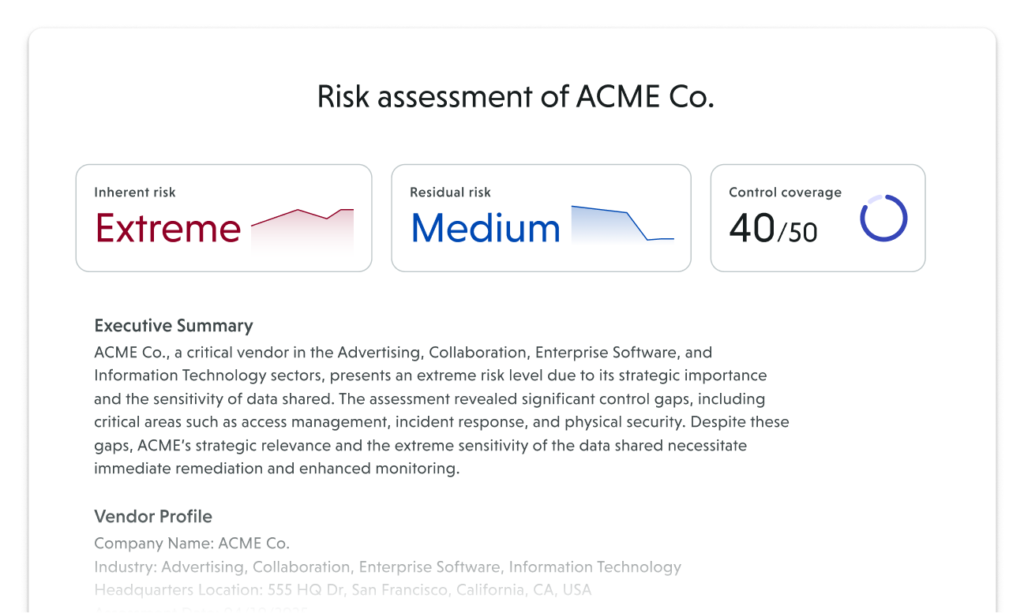AI-powered third-party vendor risk assessments
Start with instant insight from public data — then go deeper with automated artifact collection, custom questionnaires, and framework-based scoring. All in one workflow, built into a single third-party vendor risk platform.
Traditional third-party risk assessments often mean long questionnaires, endless email threads, and waiting weeks for answers you needed yesterday. Meanwhile, your vendor may already be integrated into your environment — creating exposure.
AI-powered risk assessments flip the script. Instead of slogging through manual steps, you get instant insights from public data, automated evidence collection, and clear scoring you can act on right away. It’s a faster, smarter way to build trust with vendors – without slowing your business down.
What is a vendor risk assessment?
A vendor risk assessment (also called third-party risk assessment or vendor security assessment) is a structured evaluation of a supplier’s security, compliance, and operational posture.
Modern programs combine public intelligence (OSINT) -signals from news, breach reports, and other publicly available sources with private trust artifacts (e.g. SIG questionnaire, SOC2,), and apply evidence-backed scoring to create a clear, living profile of each vendor. This shift moves risk assessments from a one-off requirement to an ongoing, continuously updated picture of risk.
By continuously monitoring OSINT data, organizations extend this living profile beyond static documents, ensuring that new issues are surfaced quickly and acted on in real time—whether that means following up with a vendor after a breach alert or reevaluating overall risk exposure.
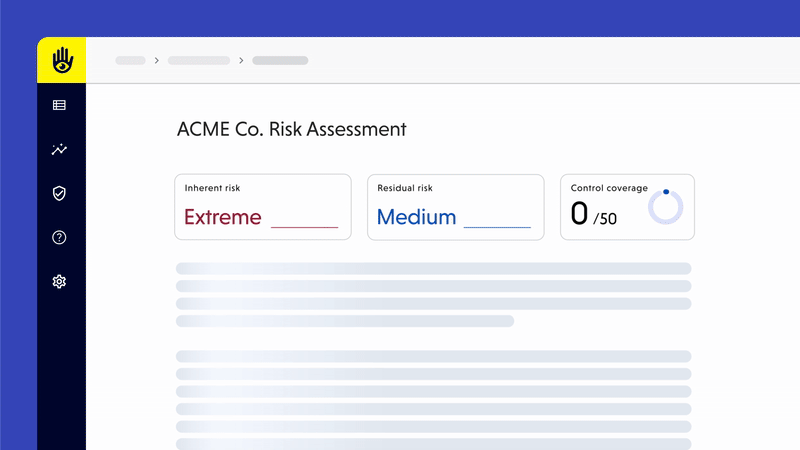
Why faster, automated assessments matter
Organizations face mounting pressure to vet hundreds or thousands of vendors. Manual assessments can’t keep up.
Weeks of delay
Traditional third-party vendor risk assessments take 3–12 weeks, slowing projects and exposing your environment.
Manual chasing
Security teams spend time emailing vendors, tracking spreadsheets, and reconciling SIG assessments or vendor security assessment questionnaires.
Fragmented data
Evidence lives across inboxes, portals, and files, with no single view for stakeholders.
Limited coverage
Many programs rely on surface-level scans or self-attested data, missing critical risks.
Audit pressure
Without a repeatable process or evidence trail, proving due diligence to auditors or boards is hard.
Slow response to emerging risks
Even after completing an assessment, following up on recommendations or newly discovered issues (like a breach advisory) is time-consuming and inconsistent.
Types of risk in third-party vendor assessments
When people talk about “vendor risk,” it can feel like an abstract concept. In practice, organizations face three primary categories of risk that every third-party risk assessment should cover: cyber, compliance, and operational/supply chain.
Cyber risk
Breaches, leaked credentials, and unpatched vulnerabilities can quickly spread from a vendor into your own environment. With AI-powered vendor risk assessments, these signals are surfaced instantly from OSINT, breach feeds, and vendor artifacts—so you know when a supplier’s posture changes.

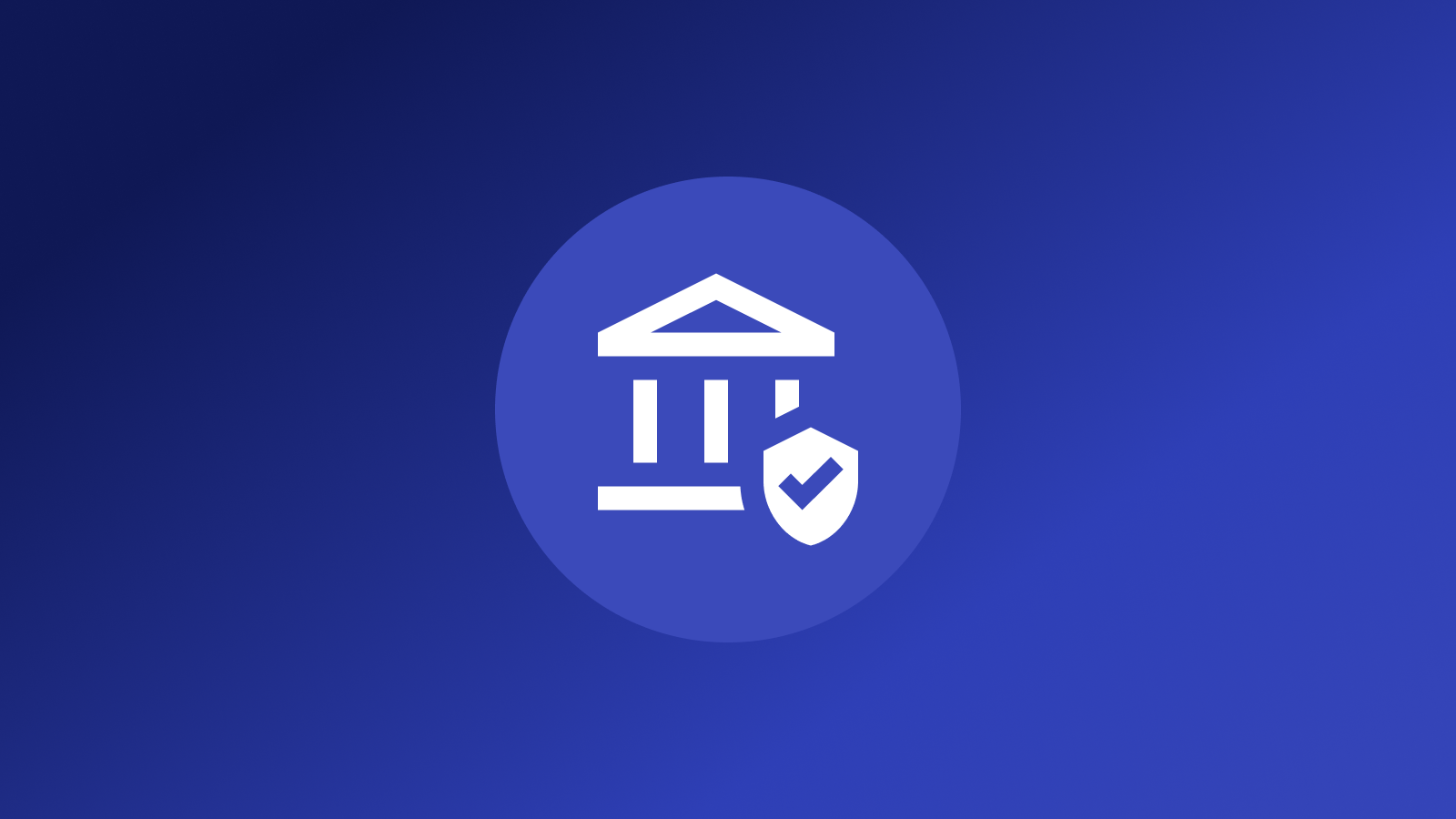
Compliance risk
Vendors that fall out of step with GDPR, HIPAA, or ISO 27001 can expose your organization to penalties. Automation and AI make it easier to map responses to frameworks, track certification status, and flag gaps in near real time—reducing the manual chase and giving auditors defensible evidence.
This means faster cycles, fewer bottlenecks, and a complete audit trail without the manual grind.
Operational and supply chain risk
Vendor outages, ownership changes, or reliance on fragile sub-processors can disrupt your business. AI helps here too, correlating signals from news, filings, and uptime trackers into a clear picture of vendor resilience.
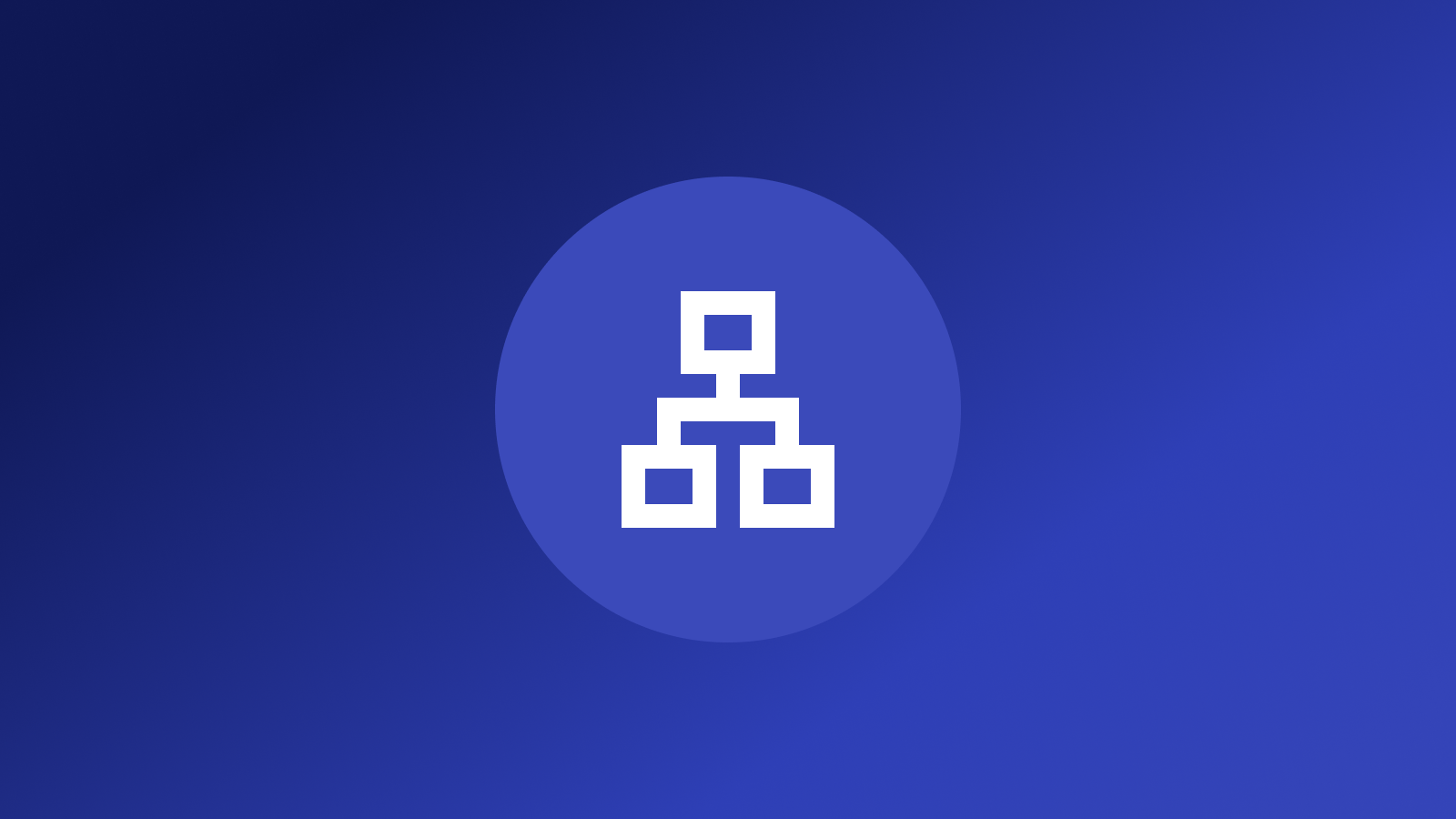
Breaking risk into these categories helps organizations move beyond static questionnaires toward a living, dynamic view of vendor posture. With AI-powered assessments, these risks aren’t just identified—they’re continuously monitored, contextualized, and prioritized so teams can act before small issues become major problems.
Business outcomes of AI-powered risk assessments
The impact of AI-powered vendor risk assessments goes far beyond faster questionnaires. Organizations that adopt AI-driven assessments achieve:
Instant vendor visibility
with real-time insights from OSINT and automated artifact collection—reducing procurement delays and enabling quicker decisions.
Reduced risk exposure
by surfacing cyber, compliance, and supply chain threats as they happen, not weeks later.
Audit-ready oversight
with evidence-backed scoring and traceable reporting that satisfies regulators, boards, and customers.
Operational efficiency
as manual chasing, spreadsheet reconciliations, and email threads are replaced by AI-assisted workflows.
Scalable resilience
that lets teams evaluate and monitor thousands of vendors—consistently and continuously—without increasing headcount.
These outcomes reposition vendor risk assessments from a slow, reactive obligation into a continuous source of confidence. With AI, risk management becomes a strategic driver of trust, compliance, and agility across the entire supply chain.
Best practices for AI-powered risk assessments
Adopting AI to transform third-party risk assessments is not just about tools—it’s about process. To get the most value, organizations should focus on these best practices:
Start with clear objectives
Define what you want AI to deliver—faster onboarding, reduced exposure, or audit-ready oversight. Clear goals help shape how you configure and scale your program.
Automate the bottlenecks first
Look at where your team spends the most manual effort: distributing and reviewing vendor questionnaires, collecting SOC 2 reports, or compiling spreadsheets. Automating these steps first shows immediate impact.
Standardize evidence collection
Use AI to normalize vendor responses and map them against common frameworks like SOC 2, ISO 27001, or HIPAA. This ensures consistency and makes reporting defensible.
Integrate AI into your workflows
Make sure insights flow into the systems you already use—ticketing tools, GRC platforms, or procurement workflows—so risk data becomes part of daily operations, not an isolated task.
Monitor continuously, not just annually
AI excels at scanning OSINT, breach reports, and compliance updates in real time. Use this to maintain always-current risk profiles and close the blind spots left by point-in-time reviews.
Track outcomes, not just activity
Measure success by faster vendor approvals, higher response rates, fewer audit findings, and quicker remediation timelines—not by the number of questionnaires sent.
When applied thoughtfully, AI-powered assessments shift vendor risk management from a reactive compliance exercise into a continuous, scalable driver of resilience.
How VISO TRUST delivers instant, automated vendor risk assessments
A real-time verdict on vendor risk, designed for modern security teams. VISO TRUST replaces manual processes with an automated third-party risk assessment tool that scales.
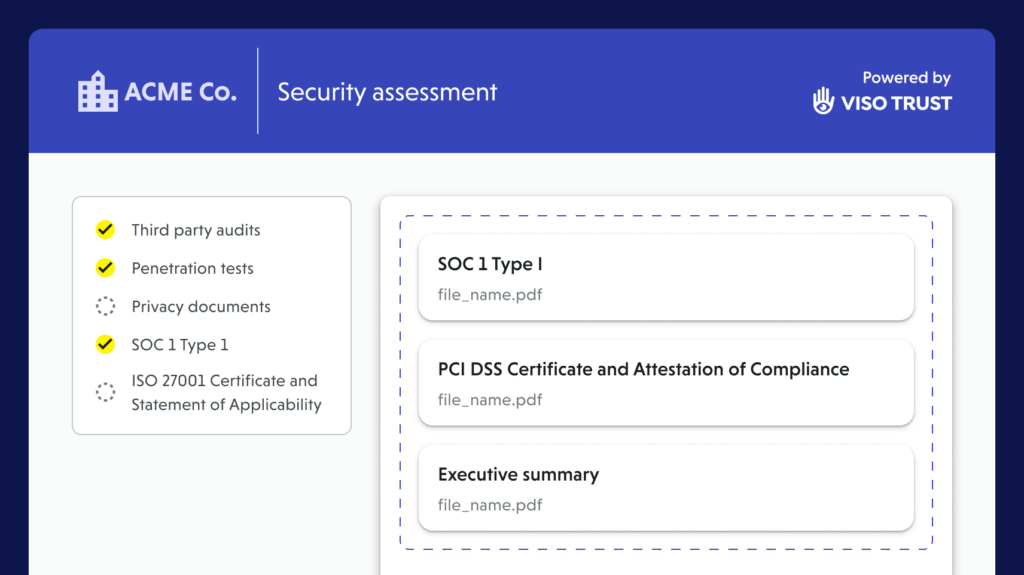
Instant assessments, without the wait
Evaluate vendors in under a minute using open-source intelligence before questionnaires.
Evidence, not estimates
Gather traceable, audit-ready results based on real vendor documents, not black-box scores.
Fully automated
From artifact collection to remediation and follow-up, everything flows without manual effort — no chasing vendors, no bottlenecks.
High vendor response rates
Guided uploads and branded workflows make it easy for vendors to provide artifacts quickly.
Framework flexibility
Align your framework to 30+ supported frameworks (NIST CSF, ISO 27001, SOC 2, GDPR, HIPAA, CCPA, SIG Lite) or bring your own custom requirements.
Works wherever you work
Whether it’s ServiceNow, Archer, Coupa, Slack, JIRA or custom apps via API, VISO integrates with all of your enterprise tools so security workflows happen without switching systems.
Integration-ready
Streamline and automate complex workflows and decision-making across your entire enterprise stack – seamlessly integrating with tools like Jira, Coupa, ServiceNow, Archer, Slack, Okta, and thousands more.
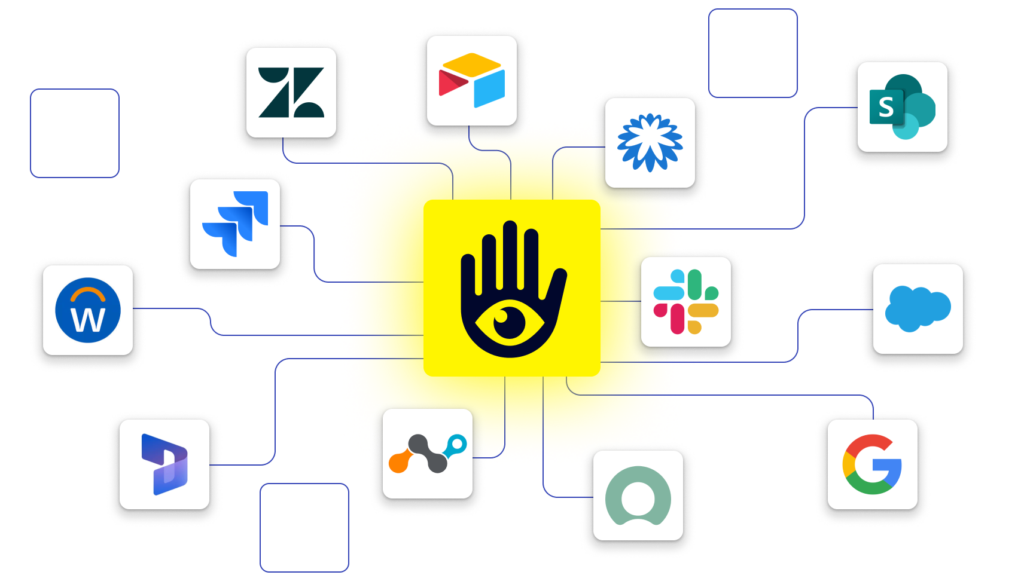
Benefits of AI-powered vendor risk assessments with VISO TRUST
Assess vendors in minutes, not months
Shrink cycle times with automated vendor risk assessment software.
Collect evidence automatically
Replace manual chasing with OSINT + guided artifact upload flows for your vendors.
Improve accuracy
Use real documents and frameworks instead of static or self-reported data.
Stay audit-ready
Exportable reports, evidence lineage, and control mappings built in.
Scale confidently
Evaluate more vendors without adding headcount; free your team to focus on critical risk decisions.
